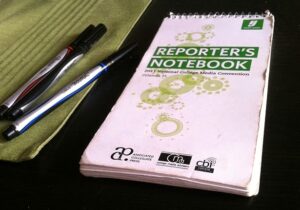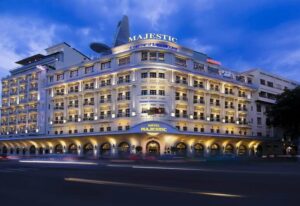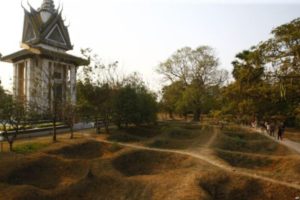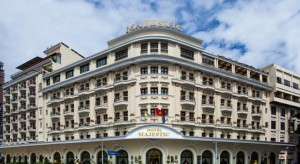One always should know that there are individuals who know far more than you do, who know their way around bureaucratic mazes and who can be of invaluable help when you are assigned what looks like a monumental task.
So it was back in the fall of 1989 as I helped prepare for a lengthy overseas journey as part of the National Conference of Editorial Writers, a professional association to which I belonged.
NCEW would send teams abroad on factfinding missions. That year, NCEW chose to venture to Southeast Asia: to Thailand, Cambodia and Vietnam. Several of us on that delegation happened to be veterans of the Vietnam War, which made the journey even more special.
But then came this little wrinkle: NCEW wanted individuals to volunteer to serve as “country coordinators.” What is that? Well, it meant that we needed individuals to take the lead in establishing contacts with government officials in the host countries we would be touring. One NCEW member coordinated the Thailand leg, another did the same for Cambodia. Hey, no sweat, right? Not exactly.
I signed up to be a country coordinator for the Vietnam leg of that trip. Here’s the deal: The United States and Vietnam did not have official diplomatic relations; that didn’t happen until 1995. That meant the United States had no embassy in Vietnam. We had no official U.S.-Vietnam channel through which we could communicate.
That required yours truly to work with the Vietnamese mission at the United Nations. However, we were part of a huge network of experts who knew all the contacts we needed to make with the Vietnamese government.
I called on someone I knew only by reputation. His name was George Esper, who served as special correspondent during the Vietnam War. I read his bylined stories for years during the war. He was based in Boston at the time of our journey preparation. I called him at the AP bureau there.
Esper could not have been more accommodating, nicer and generous with his time and expertise.
He gave me the names of officials throughout Vietnam that we could arrange to meet while we traveled through the country. He offered me contact information at the Vietnamese U.N. mission, through which I would be working to finalize the details of our stay in that country.
Esper cautioned me about some of the roadblocks we might face, but also told me about how the Vietnamese would treat their American visitors.
Esper’s expertise was invaluable. I cherished the relationship I was able to build with him over the phone as we talked continually about our planning.
I regret that I never was able to shake this man’s hand. He died some years ago. However, the aid he offered and made our journey into a once-hostile — but gorgeous — land even more memorable.




